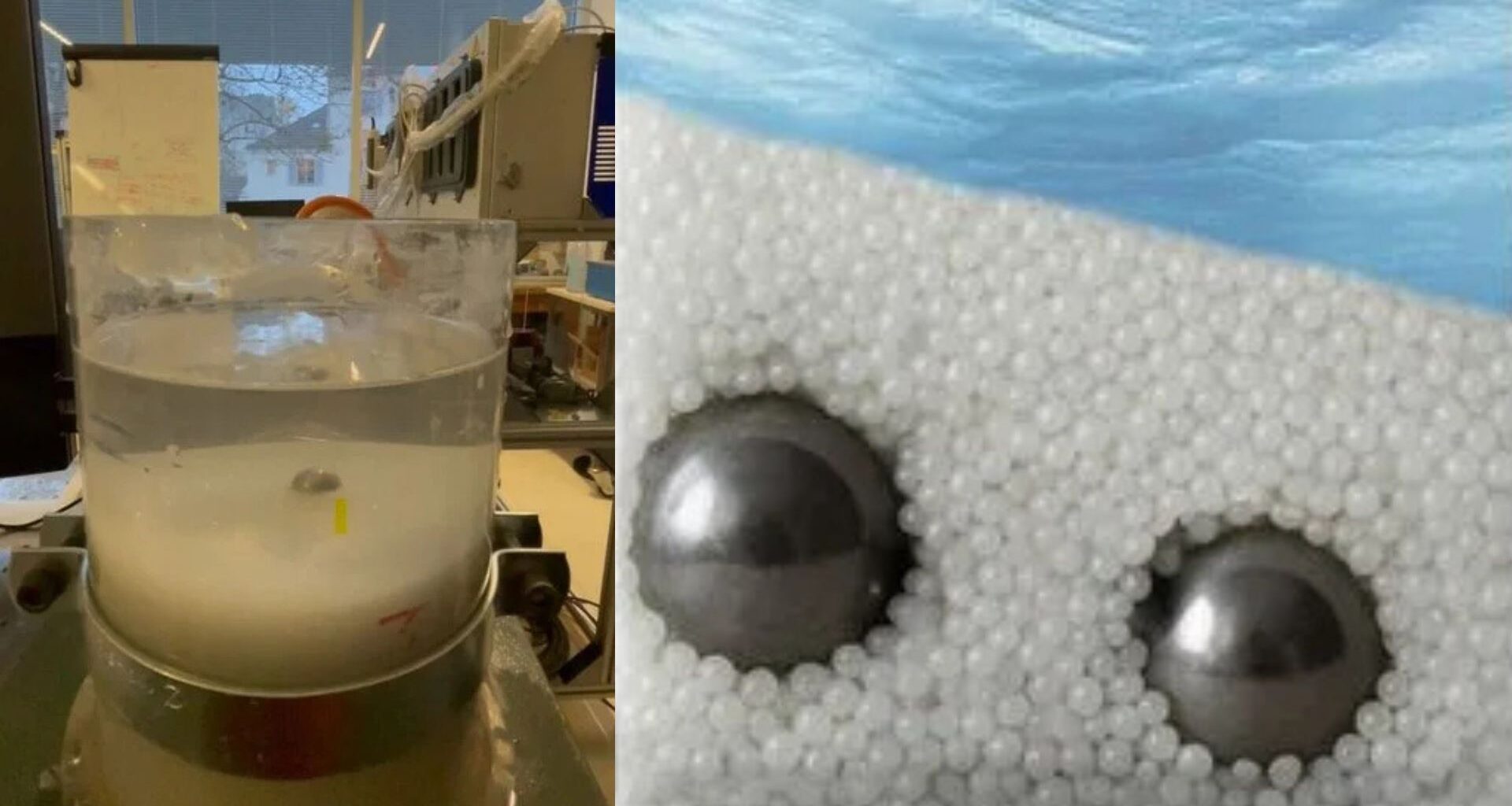Scientists in Austria and France have developed a new imaging method that can reveal objects hidden behind opaque materials such as sand, fog, or even human tissue, potentially opening new frontiers in medical diagnostics and sensing technologies.
The breakthrough, published this week in Nature Physics, was achieved by researchers at the Institut Langevin in Paris and TU Wien in Vienna.
Their approach uses what they call a “fingerprint matrix,” a mathematical description of the unique way each object scatters waves such as light or ultrasound.
Fingerprint matrix
Ordinary imaging methods, whether photographs, sonar, or ultrasound scans, rely on sending a wave toward an object and analyzing the portion that bounces back.
But this becomes nearly impossible when a dense medium obscures the object. In such cases, waves scatter off the target and repeatedly off the surrounding material, creating a noisy signal.
“Instead of the object, all you see is a diffuse fog; this is a fundamental problem of imaging techniques, from sonar in submarines to imaging in medicine,” said Lukas Rachbauer, a study co-author.
The team first studied objects in a clear environment to solve this, recording how they scatter waves under ideal conditions.
That pattern, or fingerprint, is stored in a matrix. Later, the researchers send in ultrasonic waves when the same object is hidden in a complex environment, such as a steel ball buried in sand.
Although most of the waves scatter chaotically, some still interact with the buried object and carry traces of its fingerprint.
By comparing the measured signals with the stored fingerprint, the team’s algorithm can pinpoint the object’s location even though it cannot be seen directly.
“From the correlations between the measured reflected wave and the unaltered fingerprint matrix, it is possible to deduce where the object is most likely to be located, even if the object is buried,” said Stefan Rotter, professor at TU Wien’s Institute of Theoretical Physics.
Detecting hidden objects
The researchers tested the system with steel balls buried in sand and extended it to medical scenarios.
In one application, they successfully identified lesion markers used to monitor breast cancer, which are often obscured by scattered signals in traditional scans.
They also used the technique to detect muscle fibers, a capability that could advance the diagnosis of heart and muscular diseases.
Beyond medicine, the fingerprint matrix could apply to optical imaging and other wave-based detection systems.
Objects may also change their scattering fingerprints depending on physical conditions such as pressure or temperature, offering potential for remote sensing.
“This would be particularly exciting, for example, in the measurement of the human brain, where waves have to penetrate the highly scattering skull,” Rotter said.
The research team has filed a patent on the technology in cooperation with CNRS Innovation in France and TU Wien’s Patent and License Management Department. A medical technology company has already taken an interest in commercializing the approach.
Rotter said the technology is “very generally applicable” and could become a powerful tool wherever scientists face the challenge of seeing through opaque barriers.

